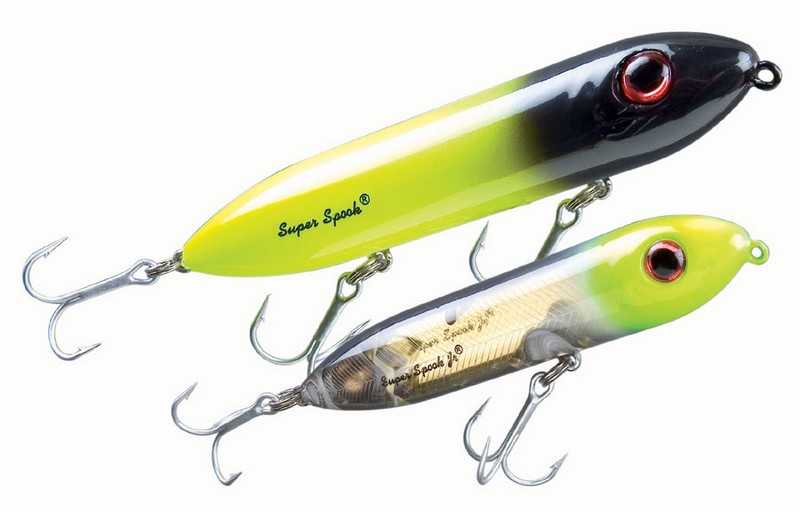The Rat-l-Trap was invented by Bill Lewis in his small workshop in Boyce, Louisiana 30 years ago. This lure is notable because it was the first crankbait of its kind in two respects. Lewis designed his lure with a built-in rattle chamber and, more importantly, the Rat-l-Trap was the first crankbait to boast a lipless design. These innovations allow the Rat-l-Trap to create a loud, unique underwater fish-attracting rattle and to display a tight wiggling action at nearly any speed.
Bill Lewis got his start selling the lure from the trunk of his car throughout Louisiana and Texas. He knew immediately that he had a hit on his hands. The Rat-l-Trap rapidly became one of the most sought after lures on the bass fishing circuit. Today, the lure is a mainstay in most anglers’ tackle boxes and is fished successfully in saltwater and freshwater alike.
This made-by-hand lure has proven itself effective on big bass, stripers, and other game fish in all types of water. It has been so successful, in fact, that nearly all recognized lure manufacturers now sell their own variation of this unique lure -- quite a compliment to Bill Lewis's ingenuity. It’s interesting to note that there has not been a single change made to the Rat-l-Trap original design since its introduction, although Bill Lewis Lures has released several different versions of the original. This truly classic lure can be found in a number of different sizes and dressed in literally dozens of colors.
Featured lure: Rat-l-Trap
Designer: Bill Lewis
Created: 1969
Manufacturer: Bill Lewis Lures ®
Technique:
The Rat-L-Trap can be fished with a variety of retrieves in a variety of conditions. The lure tracks perfectly with a fast retrieve, demanding attention from feeding fish. It can also be trolled at a slow speed with equal success. Experiment with a yo-yo like retrieve for added results.
Join the fun at FishingEnthusiast.com!!


